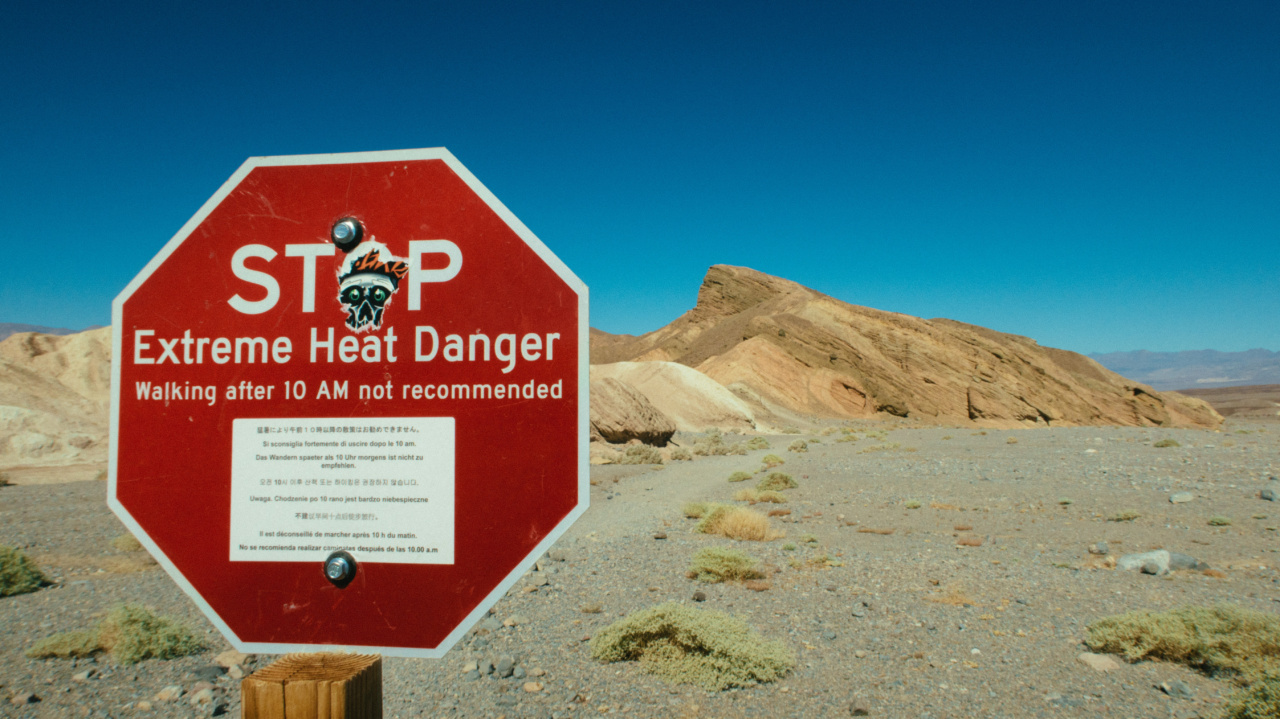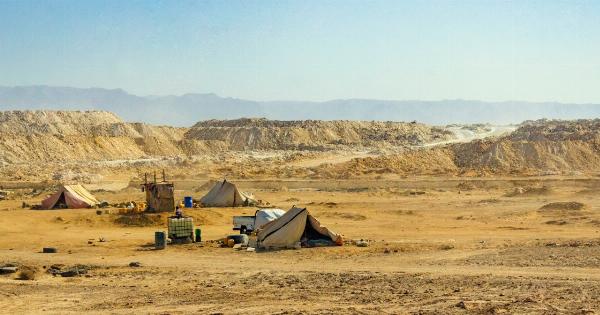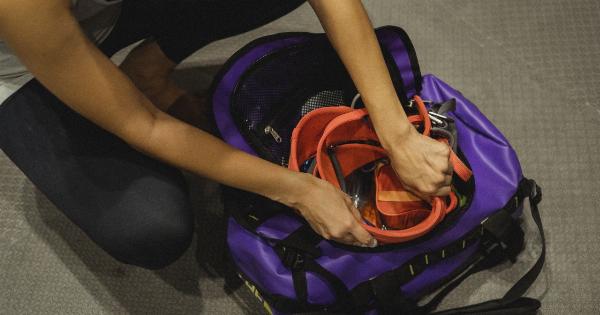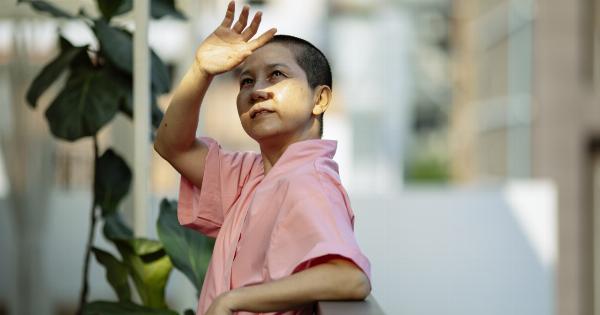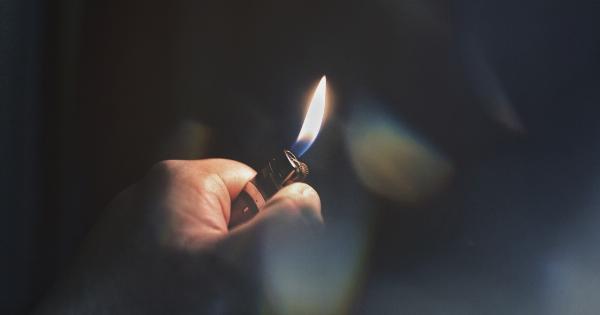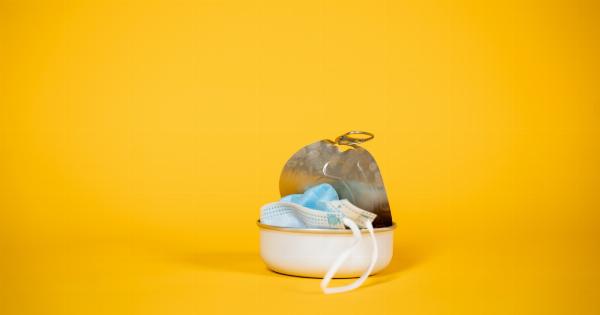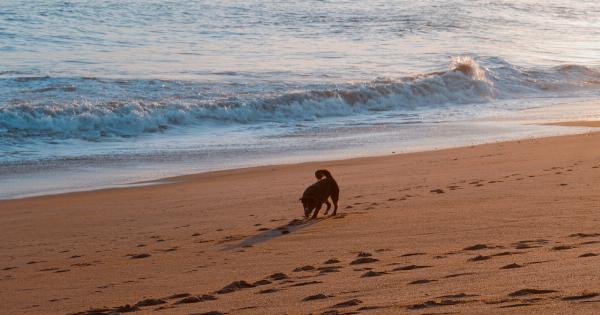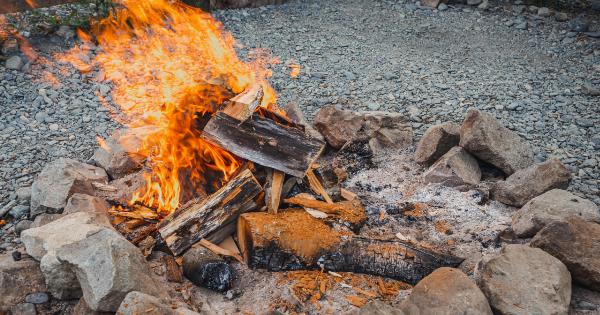When the body’s temperature rises and it cannot cool itself down effectively, heat stroke can occur. Heat stroke is a very serious condition that can lead to organ damage, brain damage, and even death if left untreated.
It is important to know the signs of heat stroke and what to do about it to prevent further complications from occurring.
Signs of Heat Stroke
There are several signs and symptoms of heat stroke that you should be aware of:.
1. High Body Temperature
The primary sign of heat stroke is a body temperature of 104°F or higher. If you suspect someone has heat stroke, it is important to measure their body temperature using a thermometer.
2. Altered Mental State or Behavior
Heat stroke can cause confusion, agitation, slurred speech, irritability, delirium, seizures, and even coma. These changes can happen quickly and should be taken seriously.
3. Rapid Heart Rate and Increased Breathing
As the body tries to cool down, the heart rate and breathing can become rapid and shallow. This can lead to hyperventilation and respiratory distress.
4. Dry Skin and Lack of Sweating
Heat stroke can cause the skin to become red, hot, and dry. In some cases, the person may stop sweating altogether.
5. Nausea and Vomiting
Heat stroke can cause nausea, vomiting, and diarrhea. If left untreated, this can lead to dehydration and electrolyte imbalances.
6. Headache and Dizziness
Heat stroke can cause throbbing headaches, dizziness, and lightheadedness. These symptoms can be caused by either dehydration or direct effects on the brain.
7. Muscle Cramps and Weakness
Heat stroke can cause muscle cramps, weakness, and fatigue. These symptoms are caused by electrolyte imbalances and dehydration.
What to Do About Heat Stroke
If you suspect someone has heat stroke, it is important to take immediate action to prevent further complications. Here are some steps you can take:.
1. Move the Person to a Cooler Location
Get the person out of the sun and into a cooler location with air conditioning or shade. Remove any excess clothing and start cooling the person down.
2. Cool the Person Down
You can cool the person down by using a damp, cool towel or wrapping them in a cool, wet sheet. You can also spray them with cool water. However, do not use ice or very cold water, as this can cause the body to go into shock.
3. Rehydrate the Person
Give the person fluids to drink, such as water or an electrolyte drink. Do not give them alcohol or caffeine, as this can worsen dehydration.
4. Seek Medical Attention
If the person’s symptoms do not improve or if they have difficulty breathing, seizures, or an altered mental state, seek medical attention immediately.
Preventing Heat Stroke
Preventing heat stroke is key to staying healthy during the summer months. Here are some tips on how to prevent heat stroke:.
1. Stay Hydrated
Drink plenty of fluids throughout the day, especially water and electrolyte drinks.
2. Dress Appropriately
Wear loose, lightweight, and light-colored clothing to keep cool.
3. Take Breaks in the Shade or Air Conditioning
Take frequent breaks in a cooler location, especially during the hottest part of the day.
4. Avoid Strenuous Activities
Avoid doing strenuous activities during the hottest part of the day. If you must be active, take frequent breaks and stay hydrated.
Conclusion
Heat stroke is a very serious condition that can lead to organ damage, brain damage, and even death if left untreated. It is important to know the signs of heat stroke and what to do about it to prevent further complications from occurring.
By staying hydrated, dressing appropriately, taking breaks in the shade or air conditioning, and avoiding strenuous activities, you can prevent heat stroke from happening in the first place.
